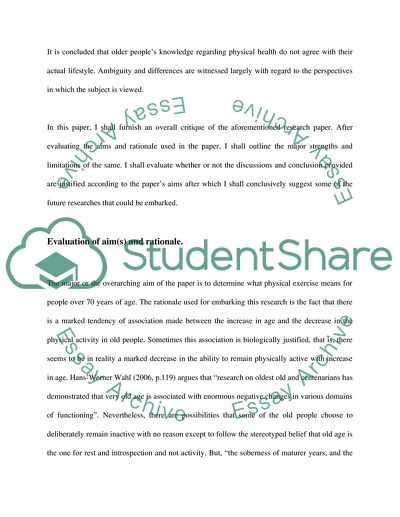Cite this document
(An Insiders View on Physical Activity in Later Life Book Report/Review - 1, n.d.)
An Insiders View on Physical Activity in Later Life Book Report/Review - 1. Retrieved from https://studentshare.org/health-sciences-medicine/1731555-critique
An Insiders View on Physical Activity in Later Life Book Report/Review - 1. Retrieved from https://studentshare.org/health-sciences-medicine/1731555-critique
(An Insiders View on Physical Activity in Later Life Book Report/Review - 1)
An Insiders View on Physical Activity in Later Life Book Report/Review - 1. https://studentshare.org/health-sciences-medicine/1731555-critique.
An Insiders View on Physical Activity in Later Life Book Report/Review - 1. https://studentshare.org/health-sciences-medicine/1731555-critique.
“An Insiders View on Physical Activity in Later Life Book Report/Review - 1”, n.d. https://studentshare.org/health-sciences-medicine/1731555-critique.


